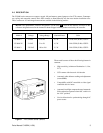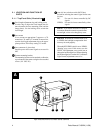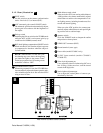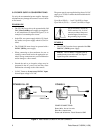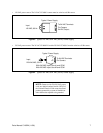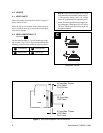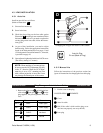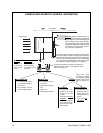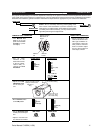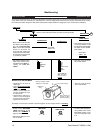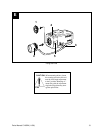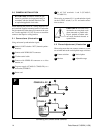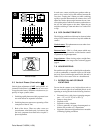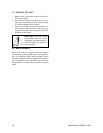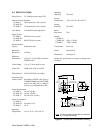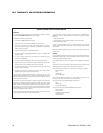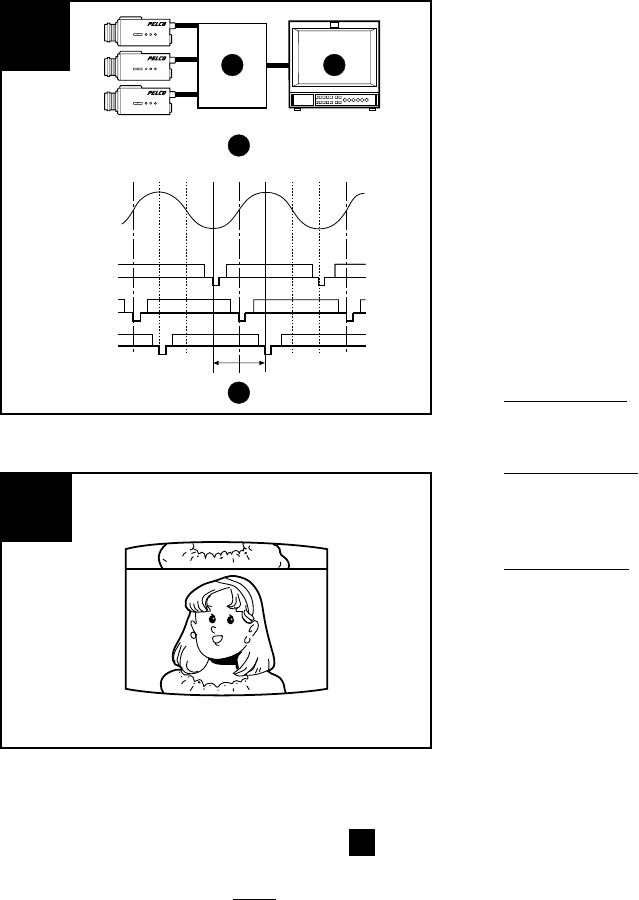
Pelco Manual C1902M (11/96) 15
G
3
1 2
4
-90°
0°
+90°
-90° 0°+90°
H
Phase Adjustment
Vertical Phase
5.3 Vertical Phase (Illustration H )
Vertical phase adjustment is NOT vertical ROLL ad-
justment. Each camera is adjusted to the AC zero cross-
over point at the factory. Problems arise,however, (es-
pecially in larger systems) when:
1. Switching rapidly between widely separated cam-
eras with manual or sequential switchers.
2. Switching between cameras not operating off the
same phase of the AC line.
3. Both of the above. There are other causes too
(transformers wired backward, for instance) but
the basic symptoms described below require V-
phase adjustment.
In such cases, camera switching may produce what ap-
pears to be a vertical roll on the monitor between the
two views. Turning the V Phase pot (while switching
rapidly as possible between the two camera views) will
adjust the relative phase angle between the two cam-
eras and the point at which one camera synchronizes to
the AC line with respect to the other. Adjust the pot
until the switching is clean and there is no vertical roll
or flip.
6.0 CCD CHARACTERISTICS
The following conditions which may be observed when
using a CCD camera are not due to any fault within the
camera.
Vertical smear - This phenomenon occurs when view-
ing a very bright object.
Patterned noise - This is a fixed pattern which may
appear over the entire monitor screen when the camera
is operated at a high temperature.
Jagged picture - When viewing stripes, straight lines,
or similar patterns, the image on the screen may appear
jagged.
7.0 HOUSEKEEPING
Be careful not to spill water or other liquids on the units,
or allow combustible or metallic objects to fall inside
the body. If used with foreign matter inside, the unit is
liable to fail, or be a cause of fire or a shock hazard.
7.1 OPERATION AND STORAGE
LOCATIONS
Do not aim the camera at very bright objects such as
the sun or electric lights for an extended period. Avoid
operating or storing the unit in the following locations:
• Extremely hot or cold places (operating tempera-
ture — 14° to 122° F [-10° to 50° C])
• Damp or dusty places
• Exposed to rain
• Exposed to strong vibration
• Close to generators of strong electromagnetic ra-
diation such as radio or TV transmitters
• Exposed to fluorescent light reflections or unstable
(flickering) lighting conditions



